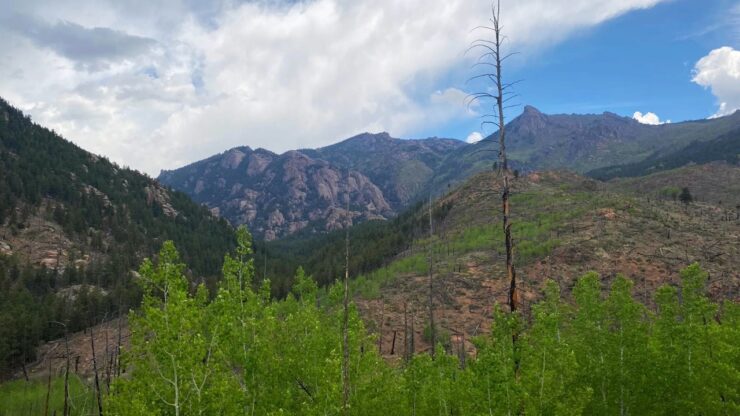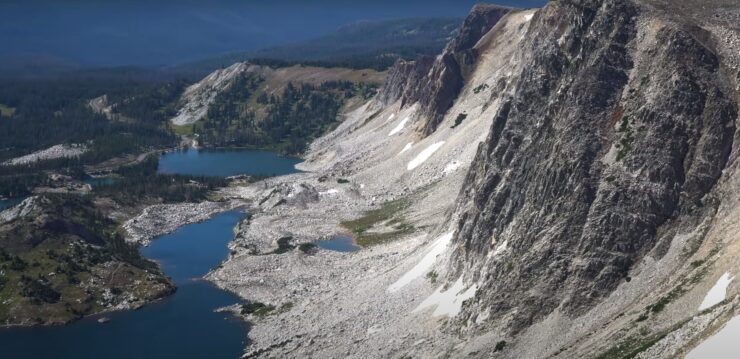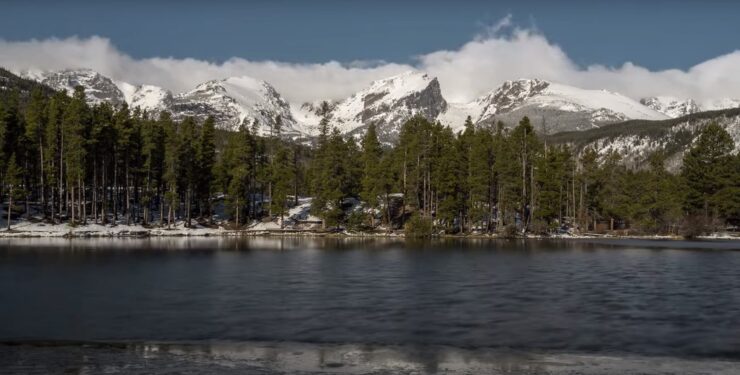Colorado’s forests and mountains give us an impressive variety of wildlife! My husband Richard and I live in Denver and decided to spend one summer weekend far away from our jobs, technology, and urban areas, in Colorado’s wildness.
There are over 3.5 million acres of wilderness, so our choice was the Lost Creek Wilderness (map). To be concise – The Goose Creek Trail.
Why this area? Simply because I am afraid of snakes, especially venom. I searched on Google and found there are prairie rattlesnakes that live in Colorado wildness, but not in Lost Creek. And venom of prairie rattlesnakes is deadly to humans.
I still was little afraid of bobcats, but I also checked that making loud noises such as yelling or blowing whistles can easily be scared away. Good Option B if you meet a black bear who also lives there (Option A is to stay calm and slowly move back – ofc, I know this in theory).
Other animals who share the region are deer, elk, and bighorn sheep.
Before I describe my lovely journey with my Ricky, let me say a few words about this area, which many people from Denver, surprisingly, never visited.
**Travelers should note that this trail was badly damaged by a wildfire in 2013. The trail is being repaired, however, soil erosion and downed trees make this a challenging trail requiring route finding and some off-trail travel. After the first few miles, this trail becomes more hazardous and is not safe for horse travel or other stock use.
The last section of the trail, heading to the junction with Ivy Creek, is impassable for horses and rough-going for hikers. Route finding is required and hikers can expect off-trail travel with downed trees and other obstacles.**
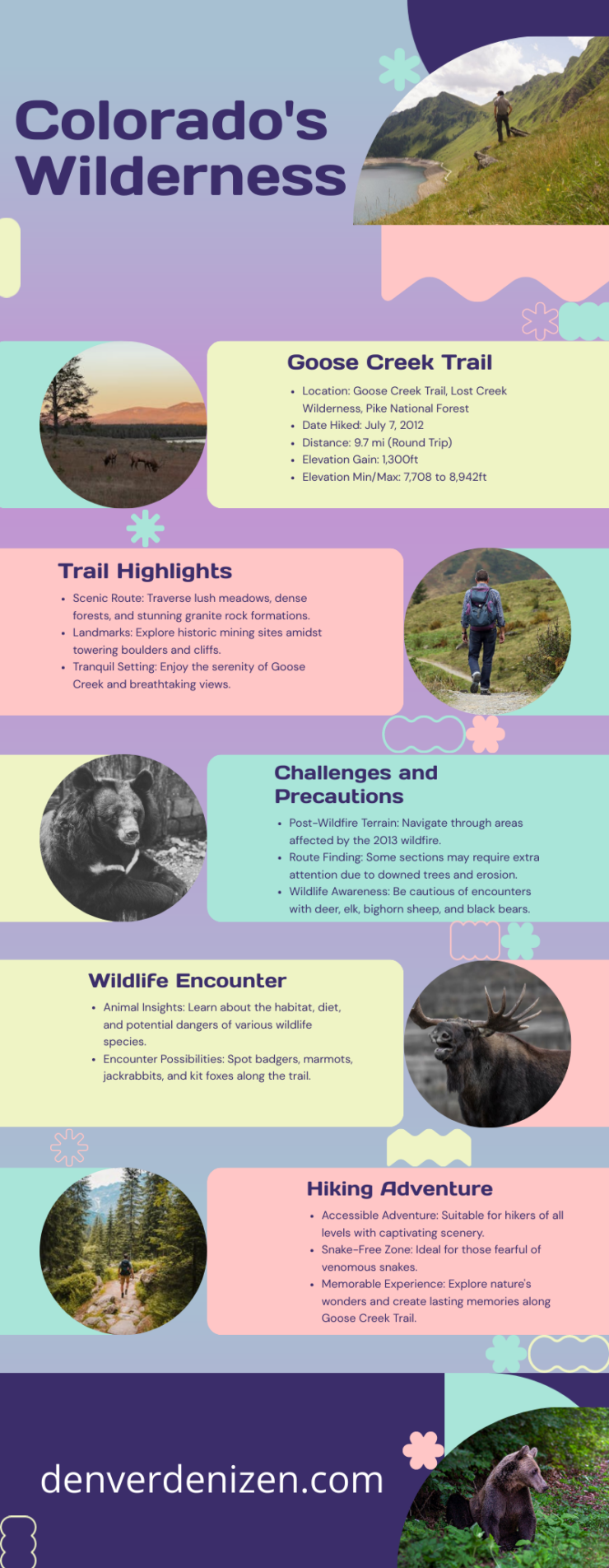
| Attribute | Details |
|---|---|
| Location | Goose Creek Trail (the Shafthouse), Lost Creek Wilderness, Pike National Forest |
| Date Hiked | July 7, 2012 |
| Distance | 9.7 mi (RT) |
| Elevation Gain | 1,300ft |
| Elevation Min/Max | 7,708 to 8,942ft |
| Managing Agency | U.S. Forest Service |
| Trailhead Lat/Long | 39.172711º N; 105.376626º W |
| Fee | None |
Goose Creek Trail
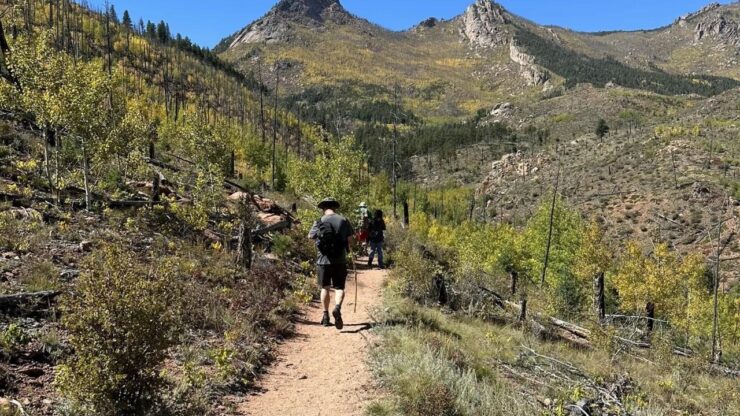
Plenty of parking when we arrived around 7:30 am. There were not many people on the trail.
Goose Creek Trail is 12.9 miles long. The trail starts next to the parking lot descends to the canyon floor and traverses through the burn area from the 2002 Hayman fire.
It begins at Roaring Fork Trail and ends at Ivy Creek Trail. Lost Creek is a land of fascinating rounded granite domes and knobs, split boulders, rare granite arches, and tree-lined mountain parks.
Our advice is that def bring bug spray if staying overnight (we didn’t) and download a map because there is no service and the trail is sometimes slightly confusing.
To be honest, Ricky and I are not in the best body condition. I don’t say we are fat. We are not. But we rarely have time for a workout.
So besides I hate snakes, I also didn’t want to “die” there. That’s why we went to this trail.
Our hiking tour was intermediate. It requires good fitness but also has easily accessible paths. Suitable for all skill levels.
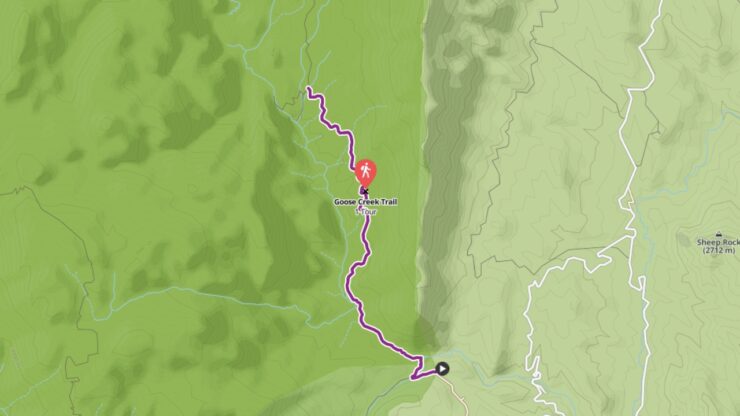
It is a picturesque hiking route. The trail passes through diverse terrain, including lush meadows and dense forests. Hikers generally can enjoy stunning views of granite rock formations and experience the tranquility of Goose Creek. That is why it is perhaps the most popular trail in the Lost Creek Wilderness. When hiking it, you’ll understand it perfectly.
The landscape is surreal. The forest is lush (once out of the burn area) and the rock formations are striking.
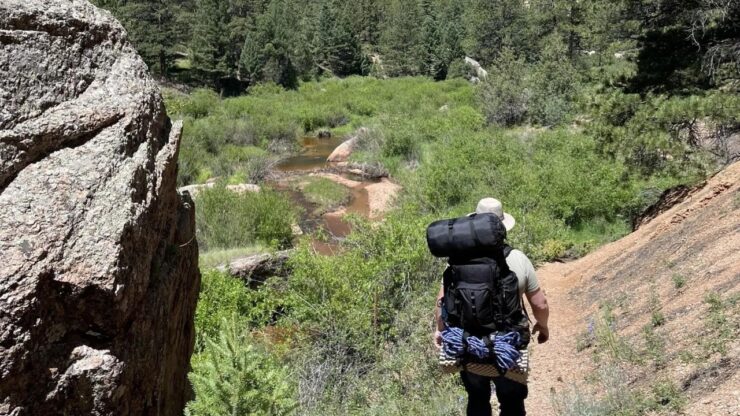
Just 60 miles from the hustle and bustle of Denver, Lost Creek Wilderness stands as a testament to nature’s whimsy with its rounded granite domes and unique rock formations, a stark contrast to Colorado’s typically jagged landscape.
The Goose Creek Trail offers primitive camping, fishing in Goose Creek, and views of red Pikes Peak granite formations.
When you hit the first trail junction turn right (north) on the Goose Creek Trail, going left would take you to Hankins Pass. The trail then follows Goose Creek for a long while, taking you through a busy camping area, and up through the forest.
The climb is steady and the views are plentiful. At about the 4-mile mark, you’ll start to switch back down the valley towards the creek. A short detour will take you to the historic mining town with old abandoned buildings that you can explore. Head back uphill on the final ascent to the Shafthouse.
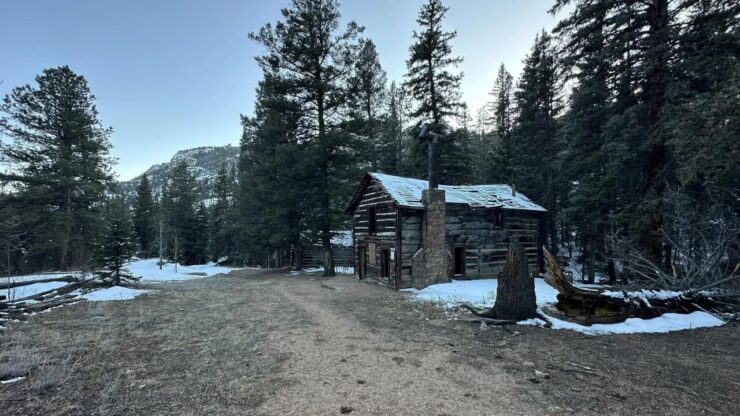
It is an old mining site with some equipment still intact. The real reason that this is your destination, however, is that the mining site is located right in the middle of some amazing rock formations. Towering boulders and cliffs can be explored to your heart’s content.
There is an amazing view north of the valley, but it takes some searching. We unfortunately did not find it and had to turn back prematurely as thunderstorms rolled in quickly.

We spent most of the hike back down with Thunder resonating through off the granite cliffs through the valley.
We were in the trees and felt safe, therefore it was incredible. Luckily the rain held back and eventually the weather cleared, typical Colorado.
Do stay and search for the view if you can, I hear it’s worth the effort. Even if you don’t find it, however, this hike is still amazing.
The trail is easy to follow and the scenery is just spectacular.
“Watch out – a Snake!”
The most of way we spoke about our relationship, our time when we were just girlfriend/boyfriend. How we met in high school, our first drink together. I will stop here.
But for one moment (I didn’t notice), we started to keep quiet. Maybe we wanted to save energy.
“Snake” – screamed Ricky.
I start to panic and go around myself. Like I saw thousands of snakes. Where, where Ricky?
And he just laughed. He wanted to scare me.
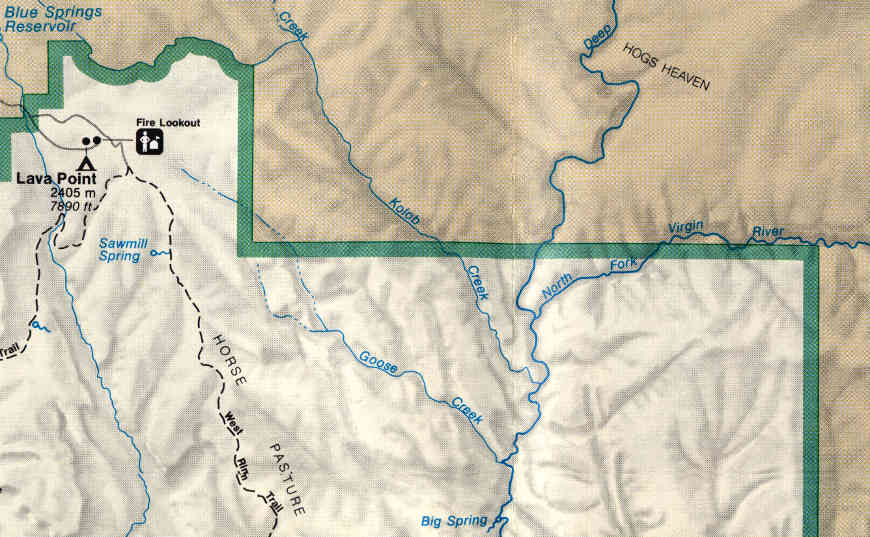
Ricky, son of the bastard, I say. I was so afraid. Almost died at that moment. Fortunately, there was no snake around.
After reaching Goose Creek, the trail follows the creek upstream, crossing over on a large metal footbridge.
But we didn’t try to go there because we were pretty tired. The last few miles have a lot of ups and downs. We return back.
Ah, yap. We didn’t see any interesting animals. What we could see?
| Animal | Size | Habitat | Diet | Notable Feature | Danger to Humans |
|---|---|---|---|---|---|
| Badger | Medium | Underground burrows | Carnivore (rodents) | Powerful digger | Low (Generally avoid humans) |
| Marmot | Large rodent | Rocky areas | Herbivore | Sunbathing, loud whistles | Minimal |
| Jackrabbit | Large | Open spaces | Herbivore | Fast runner | None |
| Kit Fox | Small | Deserts, open terrain | Carnivore | Large ears for thermoregulation | Very Low |
| Deer (Mule deer) | Large | Forests, grasslands | Herbivore | Large, independently moving ears | Low (Vehicle collisions are a risk) |
| Elk | Very Large | Forests, meadows | Herbivore | Impressive antlers | Moderate (Can be aggressive during mating season) |
| Bighorn Sheep | Large | Steep, rocky terrain | Herbivore | Curved horns, climbing skill | Low (Rarely aggressive towards humans) |
| Black Bear | Large | Forests, clearings | Omnivore | Varied diet | Moderate (Can be dangerous if provoked or if humans come between a mother and her cubs) |
| Bobcat | Medium | Forests, deserts | Carnivore | Short tail, stealthy hunter | Low (Seldom poses a threat to humans) |
The vegetation is a typical high-altitude desert: dense stands of Utah juniper and pinyon pines above the thick riparian zone that exists along the streambed at the bottom of the canyon. There are also cute mushrooms, but we didn’t want risk to take.
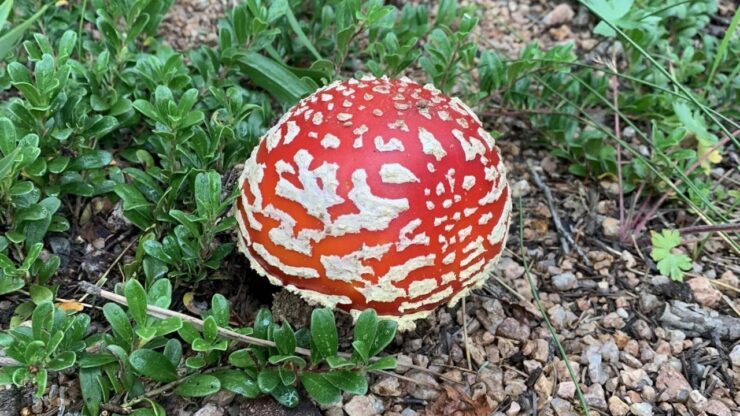
The highest elevations even grow a few Ponderosa pines.
Summary
Overall, I highly recommend the Goose Creek Trail in the Lost Creek Wilderness. Despite the challenges of the trail due to the wildfire damage, the picturesque hiking route and diverse terrain make it a worthwhile adventure.
The lack of venomous snakes also made it a great choice for someone like me who’s terrified of them. Just be sure to bring bug spray if staying overnight and download a map because there’s no service and the trail can be slightly confusing.
The opportunity to explore an old mining site and enjoy stunning views of granite rock formations and Goose Creek made it a memorable experience. If you’re looking for more hiking options, the trails around Red Rocks Amphitheatre offer a natural extension to your adventure, boasting breathtaking scenery and diverse terrain.
So let’s walk, you don’t have an excuse.
Hi I’m Daniela! My husband and I are locals in Denver who love travelling around Colorado and documenting our experiences!

